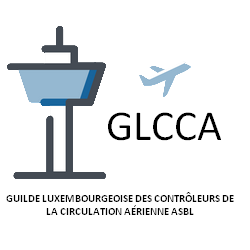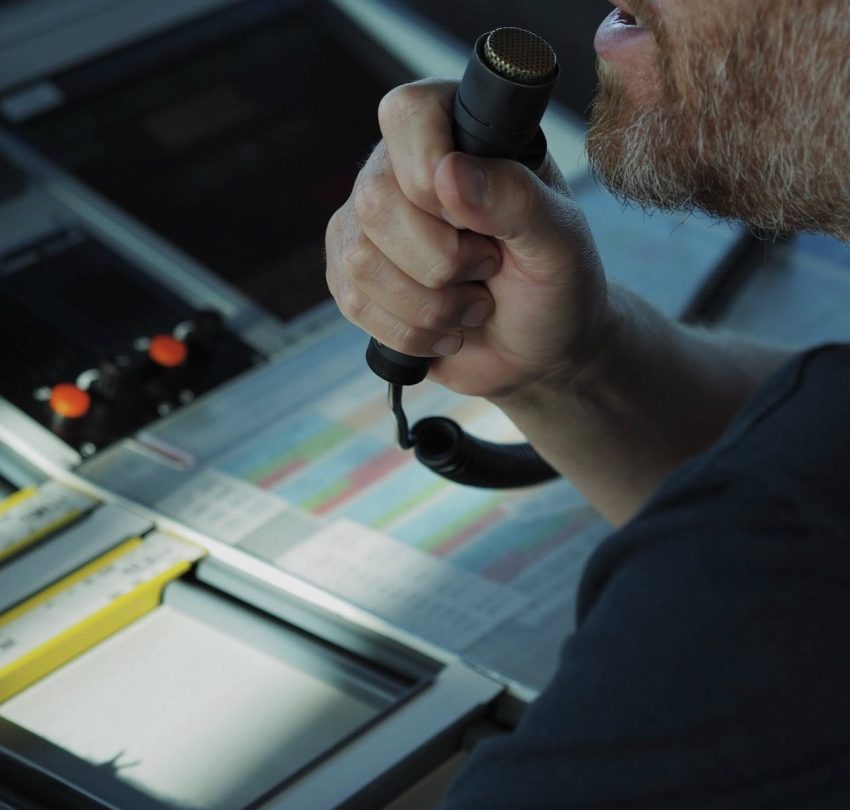Introduction: Precision Under Pressure
Tower air traffic controllers are the silent guardians of aviation safety. From their panoramic view high above the runway, they coordinate every movement, managing takeoffs, landings, and ground operations with razor-sharp focus. Their job demands instant decision-making, crystal-clear communication, and seamless teamwork, all under constant pressure. Here’s a closer look at what a typical day (or night) looks like for these professionals, blending real insights from the tower with research on human performance in high-stress roles.
Typical Shifts
Air traffic control operates 24/7, with shift lengths varying by airport size, traffic volume, and time of day. Especially, day shifts at busier airports are shorter than in other jobs, due to the intense cognitive demands of high traffic. Night shifts, when traffic is lighter, may extend closer to the maximum allowable hours, though global regulations strictly enforce this limit to prevent fatigue-related errors.
These regulations are often misunderstood. Controllers do not work fewer hours as a privilege, but as a safety imperative. Their shifts are limited because the human brain can only sustain high-level decision-making for so long before errors increase. These measures, grounded in decades of safety data, exist not to favor controllers but to protect passengers, crews, and aircraft from the risks of fatigue. The cost of a mistake in this environment is simply too high.
Controllers work in rotations, typically spending 1-2 hours at a position. For example, a controller at a major airport might follow a pattern like this:
Briefing: Review weather, NOTAM’s, runway status, and updates.
Rotation 1: Work as an executive controller, managing takeoffs and landings.
Rotation 2: Switch to a “less demanding role”, like assistant controller.
Rotation 3: Continue cycling through roles, for example delivery/ground controller.
Night shifts often involve longer stretches at one position due to lower traffic, but controllers must stay vigilant during the 2:00–6:00 AM Window of Circadian Low, when fatigue risks peak.
While the structure of a typical shift may seem routine or even unspectacular on the surface, there is far more happening beneath. The job’s demands don’t end when a controller walks out of the tower. Even off duty, lifestyle choices matter, a few beers after work aren’t an option if there’s a shift the next day. Controllers must arrive mentally and physically sharp, knowing that anything less than 100% fitness can compromise safety.
Responsibilities
Controllers maintain a mental picture of the airfield and airspace through three levels: perception (e.g., spotting an aircraft or vehicle), comprehension (e.g., recognizing conflict potential), and projection (e.g., anticipating separation needs). In the tower, this awareness is built visually (watching runways), aurally (listening to communications), and socially (coordinating with team members). The four-eye principle ensures redundancy, with assistants and executives cross-checking to catch errors, such as an unnoticed runway intrusion.
Controllers’ duties vary by role within the tower team, with each position designed to balance workload, maintain situational awareness, and ensure safety through redundancy and clear communication:
Executive Controller: Manages the runway, issuing clearances for takeoffs and landings and ensuring aircraft separation in real time. This role demands intense focus, processing radar data and communicating with pilots using standardized phraseology to prevent conflicts. To reduce frequency congestion and cognitive overload, executive controllers typically do not handle vehicles or non-standard communications, focusing solely on aircraft movements.
Assistant Controller: Supports the executive by coordinating with airport operations, communicating with ground vehicles and towed aircraft, on a separate frequency. This role offloads tasks from the executive, reducing mental saturation, and serves as a second pair of eyes and ears on the runway. The assistant’s vigilance is critical to the four-eye principle, catching potential issues like a vehicle entering the runway without clearance while the executive focuses on aircraft. The assistants also takes phone calls and coordinatinates with others, like approach or fire brigade.
Ground/Delivery Controller: Handles en-route clearances, aircraft start-ups, pushbacks, and taxi coordination. They issue routes and transponder codes, only transferring aircraft to the executive controller when ready for taxi. This role involves fewer rapid decisions than the executive position, allowing controllers to recharge while still contributing to safe operations.
The tower team’s structure distributes decision-making and communication tasks, ensuring no single controller is overwhelmed. This design, combined with the four-eye principle, creates a safety net where silence is never mistaken for safety.
Challenges
Air traffic control is one of the most cognitively demanding professions. The challenges go beyond the technical, it’s a constant test of endurance, focus, and decision-making under stress.
- Cognitive Load
Controllers must juggle multiple aircraft, maintain mental models, scan for conflicts, and make split-second decisions. Even brief lapses can have catastrophic consequences.
- Fatigue and Circadian Rhythms
Fatigue builds from sustained concentration, even without physical exertion. Night shifts compound this, especially during the early morning hours when alertness is biologically lowest. Sleep hygiene becomes mission-critical, though erratic schedules often disrupt natural sleep patterns.
- Workload Extremes
Peak periods bring high-density traffic and complex sequencing, while low-traffic periods can be deceptively dangerous due to drowsiness. Sudden changes like weather, runway closures, or emergencies can push workload to the limit in an instant.
- Chronic Stress
Every instruction, every decision, carries the weight of hundreds of lives. Over time, this can lead to burnout, sleep disorders, and long-term mental health challenges, especially in under-resourced or high-pressure environments.
- Medical Standards
Controllers undergo rigorous annual medical assessments covering vision, hearing, cardiovascular fitness, and mental health. A single failed exam can ground a controller, adding additional pressure to maintain peak personal health.
Teamwork Dynamics
Air traffic control relies on tight-knit teamwork. Controllers in the tower or control room work in sync, with executive and assistant controllers collaborating closely to manage traffic flow. Ground and delivery controllers coordinate with tower staff and ground crews to ensure smooth operations, such as clearing runways or handling towing operations. During emergencies or peak traffic, trust and clear communication are vital, as each controller’s actions impact the entire team.
Cross-training allows controllers to rotate across roles, enhancing flexibility and reducing fatigue by balancing high- and low-intensity tasks. However, working with unfamiliar team members can increase stress.
Quotes and Insights from Controllers
Here you can find quotes from controllers revealing both the intensity and the rewards of the profession. As many controllers prefer to remain anonymous, we have removed real names and airport references, and supplemented these insights with publicly available quotes from online sources.
Mike, Controller from Western Europe: “The job is by no means easy… You’ll need a good sense of spatial awareness and ability to keep calm under pressure. If you have the ability to work independently and as part of a team, you will love being an Air Traffic Controller.”
- Anonymous Controller from Europe: “Our job often gets unnecessarily complicated when people from outside, like management or politicians, propose ideas about how air traffic control ‘should’ work. Many of them have little or no understanding of ATC and focus only on cost savings. This makes the job more stressful and sometimes even dangerous, because we have to spend so much energy fighting these threats instead of focusing on safety.”
Anonymous U.S. Controller (Quora): “By 2:05 I was working Local Control. Pilots call in, I give them instructions, and we keep things moving. It’s intense, but you get into a rhythm.”
Former UK Controller (Forbes): “It’s undoubtedly one of the most responsible [jobs], but although there are times when it is highly stressful, a lot of the time it is very routine. At night, it can be very quiet and rather dull… Then just as you are at your most tired, the traffic starts to build up again!”
Conclusion
A day in the life of a tower air traffic controller is a careful balance of vigilance, adaptability, and precision. Rotating between high-intensity roles and quieter responsibilities, controllers manage fatigue, stress, and unpredictability with unwavering professionalism. Every instruction they give has consequences, if something goes wrong, the outcome can be catastrophic. That level of responsibility shapes every moment of their work.
It’s not a career for everyone, but for those with resilience, quick thinking, and the ability to remain calm under pressure, few roles offer a greater sense of purpose. Despite the intense demands, many controllers find the job uniquely fulfilling, knowing their focus keeps thousands of people safe every single day.


